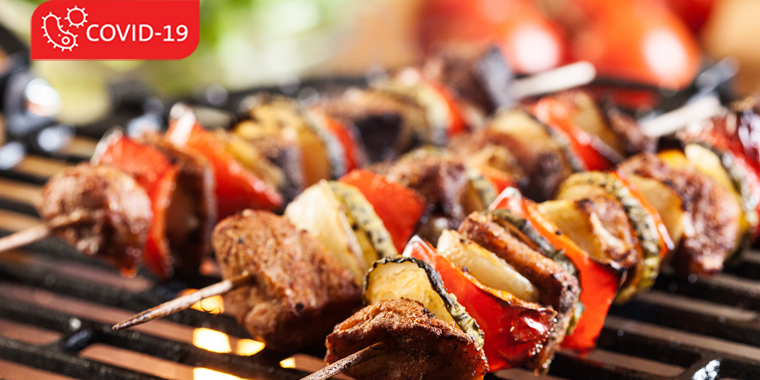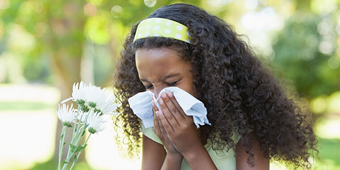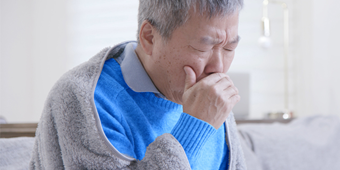Clean Hands, Safe Food: Key Ingredients for Summer Cookouts

Find Your Perfect Match
Answer a few questions and we'll provide you with a list of primary care providers that best fit your needs.
As summer heats up, you and your family are likely to spend more time outdoors with family and friends.
To learn how to safely enjoy picnics and other gatherings during the COVID-19 pandemic, Premier Health Now talked with Erin Seiter, MS, RDN, LD, of Nutrition Services at Miami Valley Hospital.
“The biggest thing you can do, whether you’re concerned about COVID-19 or going to a cookout or picnic, is to pay attention to hand hygiene,” says Seiter. “Wash your hands and wash often, especially if you are the one doing the cooking.”
Standard food safety and hygiene practices are essential practices for staying healthy and avoiding food poisoning and other illnesses.
Ease Your Concerns About COVID-19 And Food
Foodborne gastrointestinal (GI) viruses, like norovirus and hepatitis A, make people sick through contaminated food.
However, there is no evidence of people getting COVID-19 from food or food containers, even though coronavirus can survive on surfaces for a period of time, Seiter says.
To be safe, though, Seiter says you can wipe down food product containers and packages and wash your hands after touching food product packages.
Practice Good Hygiene
As you prepare for an outdoor gathering, plan for hand hygiene. If bathrooms are not available, bring hand sanitizer or set up a handwashing station, Seiter says. A bottle of water, soap, and paper towels are all you need.
Wash your hands frequently to avoid spreading germs:
- Before touching any food
- After touching raw burger meat or chicken
- Before and after eating
- After using the bathroom
Avoid using community bowls or platters to serve food to limit the risk of cross contamination and the potential for spreading germs.
“You don’t want everyone using the same tongs or grabbing into the same bowl of chips,” Seiter says.
Provide individual portions instead. Buy small bags of chips or wrap a serving size of dessert in a small baggie.
Know the Rules Of Food Safety
The rule of thumb for food safety at outdoor events is to “keep cold foods cold and hot foods hot,” Seiter says.
“There is a temperature danger zone between 41 degrees and 135 degrees where there is the highest risk and potential for bacterial growth.”
Follow the FDA’s two-hour rule. Don’t leave food out for more than two hours. When temps are above 90 degrees, leave food out of refrigeration for no more than one hour.
Use these guidelines for cold foods:
- Keep cold foods as cold as possible, preferably at 40 degrees or below
- Use coolers with lots of ice
- Place cold items in bowls or containers filled with ice, when putting them out for serving
- Consider using smaller serving dishes that can be refilled, rather than putting all food out at once
- Put food back into coolers or refrigerators as soon as the prime eating time is over
- Keep coolers out of direct sun
Follow these tips to keep hot foods safe:
- Keep hot foods hot in crock pots or hold in a pan over low heat on a grill
- Keep hot foods at or above 140 degrees
- Be sure to thoroughly cook meats on the grill
- Use a meat thermometer:
- Chicken should be cooked to an internal temperature of 165 degrees
- Ground meat burgers should reach an internal temperature of 155 degrees
When grilling meats, remember to use one platter for the raw meat and a new, clean plate to hold the cooked meat. This avoids possible cross contamination, Seiter says.
Finally, don’t save leftovers that have been sitting out longer than two hours.
Find Your Perfect Match
Answer a few questions and we'll provide you with a list of primary care providers that best fit your needs.
Source: Erin Seiter, MS, RDN, LD, Nutrition Services, Miami Valley Hospital; U.S. Food and Drug Administration





